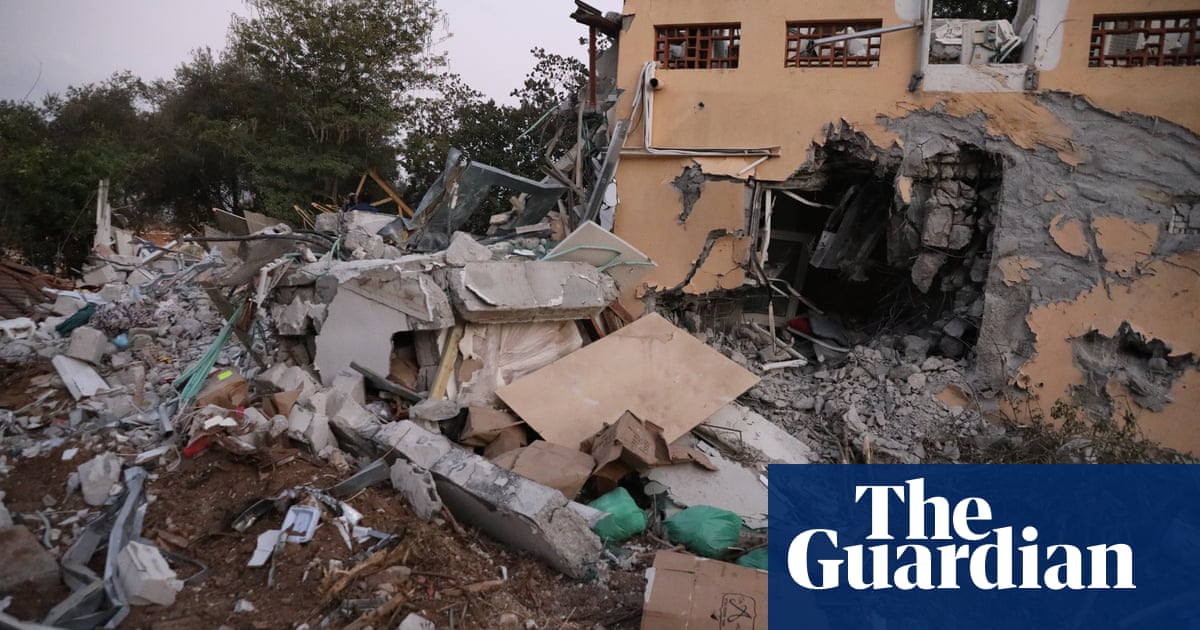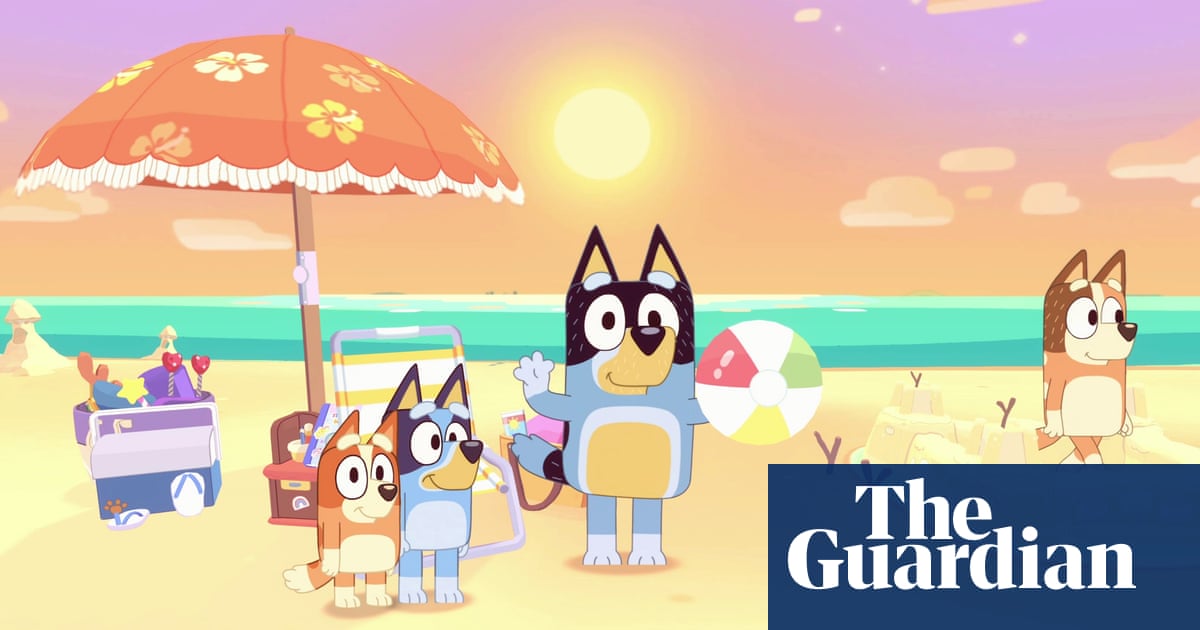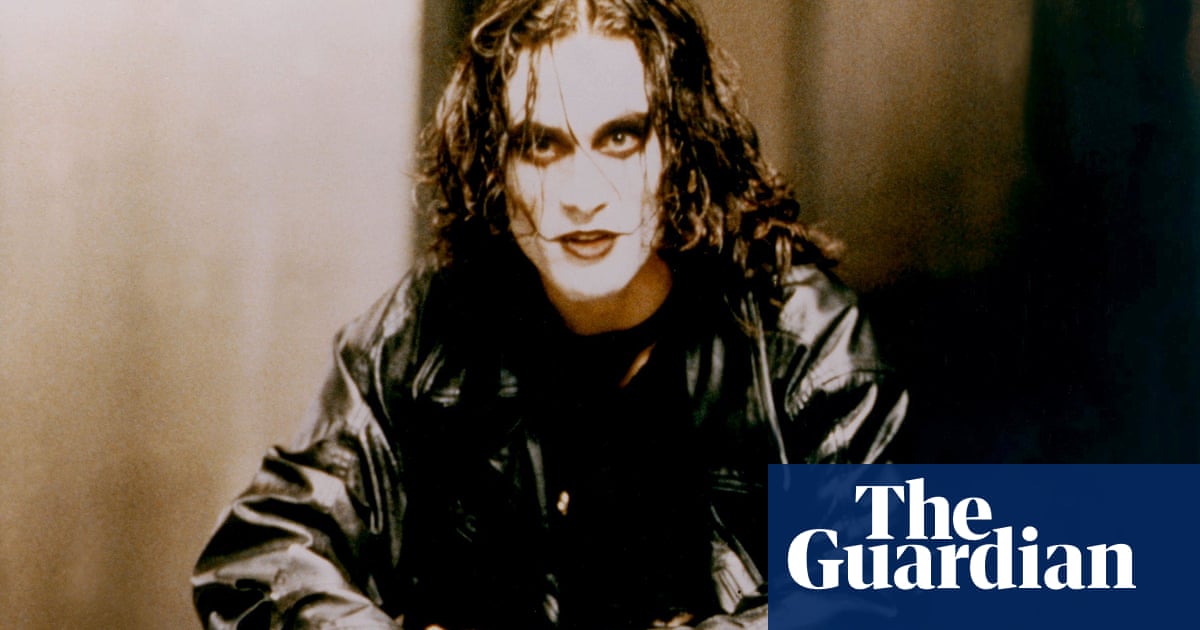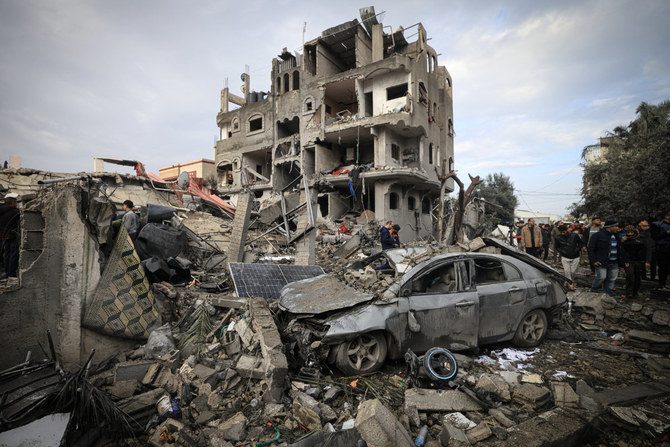
hey were waving a white flag: Iraqi civilians desperately trying to signal to the British army patrol approaching their village. The five-vehicle convoy slowed down, cautiously closing the hatches of their small Scimitar and Spartan tanks. But as they nudged forward, the two front vehicles were strafed with 30mm cannon, piercing their armoured walls and setting off dozens of boxes of ammunition. Within seconds, they were ablaze.
Believing they were being attacked by the approaching Iraqis, the first Scimitar, driven by an 18-year-old trooper, Chris Finney, reversed, throwing the vehicle’s commander Steven Gerrard from the turret. In the wagon behind, the troop leader, Alex MacEwen, and driver Joe Woodgate escaped. They made it to a drainage ditch, but their gunner, Matty Hull, was still trapped inside.
Finney tried to grab his rifle, but it was engulfed in flames. Seeing his gunner, Alan Tudball, stuck in the burning turret, Finney pulled him out, but Tudball’s leg was badly injured.
It was then that the soldiers realised they were not being attacked from the ground, but the air, by two American A-10 Thunderbolt tankbuster aircraft, now coming in for a second strike. Depleted uranium rounds hit Finney in the buttocks and severely injured Tudball. Hull never managed to escape the turret. Finney retrieved his radio headset and shouted: “Hello, fucking anyone, it’s Chris. Alan’s dead, I’ve been shot. Come and get us, you wankers.” He would later be awarded the George Cross for bravery. Tudball was not dead; he would make a painfully slow recovery. And Hull’s widow, Susan, would fight tirelessly for justice.
In March 2003, I was a Guardian journalist covering the invasion of Iraq, embedded with D Squadron, the Household Cavalry. I was near that patrol. Listening to the horror unfold on the radio – known as the squadron net – was utterly terrifying, not least because with it came the slow realisation that American planes, supposed to be protecting the coalition allies, could shoot us up instead. It was even more shocking to me that the pilots – one of whom said: “We’re in jail, dude,” after realising the implications of what they had done – were not disciplined. I could never understand how the orange panels they saw on those vehicles – meant to identify coalition forces – became in these two pilots’ minds “orange rockets” and then “enemy rockets”, or why it was that they did not see the red smoke that had been popped by the other vehicles in the vicinity.
In 2007, the death of Hull was the subject of an inquest at Oxfordshire coroner’s court. Reporters such as I were astonished by the refusal of the US authorities to comply with the request of the coroner, Andrew Walker, for witnesses to attend. The US also denied the Ministry of Defence permission to submit the cockpit tape taken from one of the A-10’s internal cameras. The Sun obtained the tape, however, and carried a full transcript, putting the video on the internet. In it, you can hear the pilots talking themselves up into the attack, taking delight and laughing. Then, when the ground radio controller comes on to tell them they have hit friendlies, they slowly realise what they have done. One pilot says: “I’m going to be sick.” The other can be heard weeping, then saying: “God dammit. Fuck me dead.” Eventually, the coroner ruled that Matty Hull’s death was an “unlawful killing”.
***
When I was sent by the Guardian to Iraq, I was a wee Glasgow upstart with a big mouth who had never been a war correspondent. I learned the drills for nuclear, biological and chemical (NBC) attacks – get your gas mask on your face and fully sealed in nine seconds; what to do when kidnapped; the difference between outgoing and incoming artillery. But nothing prepared me for the reality of it all: being cut off from everything I knew, out in the desert, living in a tank, sleeping in the dirt, with no toilet or shower, with 100-odd guys I had never met before. When I arrived, the squadron leader warned me: “In the field, we eat together, sleep together and wash our bollocks together. Can you handle it?” I did handle it – at the time. But I realise now the experience left its mark on me.
Together with BBC Scotland’s investigations editor, Shelley Jofre – who loved Tara and George, my BBC Radio 4 series – we realised that the story of the “blue-on-blue” attack, combined with my account of being a woman at war, could be turned into a compelling podcast. We were both fans of Dan Maudsley’s award-winning true-crime podcast Paradise; he joined us from the get-go as producer and reporter. I had kept in touch with a number of soldiers I was embedded with and wanted to look at how that hugely controversial, destructive war had changed their lives. And so we made On the Ground.
***
Finney now lives with his wife and three daughters in Cornwall. He owns two garden centres. It took me back when he said candidly: “From about 2016, I knew I wasn’t right. And then, in 2018, I just had a total breakdown. I was ready to kill myself completely, just quite matter-of-fact about it.”
Through the help of his wife, Liz, and antidepressants prescribed by his doctor, Finney is now feeling better, but he says: “I know all the antidepressants do is cover things up, rather than treat anything, but still the drugs do work. For me, the best medicine is just talking to people. I’ve been amazed by the amount of people I’ve spoken to, since all that, and I said: ‘You know, I’ve been struggling with this,’ and the amount of people that said: ‘Yeah, me too.’”
MacEwen left his job in the City of London to live on a farm in Dorset after being diagnosed with severe post-traumatic stress disorder. He has survivor’s guilt, but also deep frustration and anger that he could never get any answers or an apology for what happened to him and his men on that day.
But the person whose story surprised me the most was Danny Abbott, the young corporal who sat in the back of a Spartan and put his arm around me when we were being shot at. He was my last in-person interview before lockdown and we both found ourselves in tears. We remembered how we hid our fear behind jokes and laughter. And we realised that our memories have boxed things away – possibly for our own protection.
Abbott had been one of a small number of men tasked with donning an NBC suit, respirator and gloves to ready for towing the vehicle that still contained Hull’s remains. He says: “It was so hot it melted the whole tank. The tracks had melted, there were streams and streams of aluminium just pouring away from this vehicle.”
Abbott also became suicidal. “I know I was ill. And no one helped us, really, because it was just a sign of weakness back then. Nobody knew about PTSD. Nobody knew about the reaction to high-intensity scenarios and then coming back to nothing.”
As I spoke to the guys who were on the ground, Maudsley slowed the cockpit tape right down and began to hear things that had been misinterpreted in previous transcripts. We pored over documents, including the reports from the US’s Friendly Fire Investigation Board (FFIB) and the British Board of Inquiry. We tried to find out more about the Iraqis with the white flag, but lockdown put paid to our investigations on the ground at the village west of Basra. We still hope to find out more about them.
In 2007, the Sun identified one of the pilots, Gus Kohntopp, from his nickname Skeeter, which the US authorities had failed to redact in the FFIB pages they eventually released to the UK inquest. He was call sign Popoff 36 and, being named, took the flak and the fall, in the public mind, for the killing of Hull. But Popoff 35, the one who gave the order: “Get him, get him,” has never been publicly identified.
We interviewed Captain Rick Mattoso, call sign Lightning 34, the American forward air controller embedded with D Squadron. Unhappy that he had not been told about the coroner’s request for him to give evidence at the inquest, he flew to the UK to talk to us. He still finds it hard to understand where the A-10 pilots got the idea that rockets could be orange.
“I’ve never heard, seen or imagined that a rocket launcher would be a bright colour like that and orange just doesn’t make sense to me,” he said. “They’re painted, you know, this drab olive, grey sand, whatever, something that blends in with the terrain or the environment, for obvious reasons. You don’t want them to be seen. You don’t want them to be identifiable; that’s why orange panels are orange and weapons aren’t. You know, there’s a clear reason for doing that.”
But when we went back to Finney to tell him that Mattoso had told us that one of the pilots had been so upset that he struggled to get his landing gear down, he told us he had never been bursting with anger. People always think he would have a pop at them if he saw them in the street. “I maintain I don’t have any sympathy for them,” he says. “But at the same time they’re people, aren’t they? It must have affected them in some way and I’d love to know how that was.”
On the Ground is a nine-part series available on BBC Sounds from 13 August.












